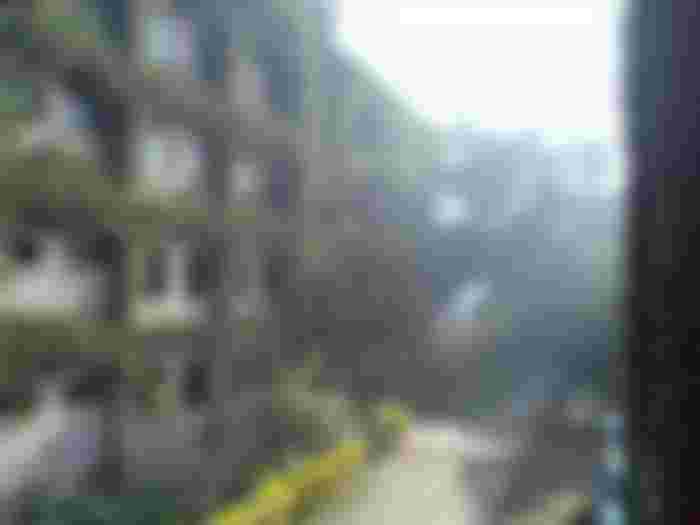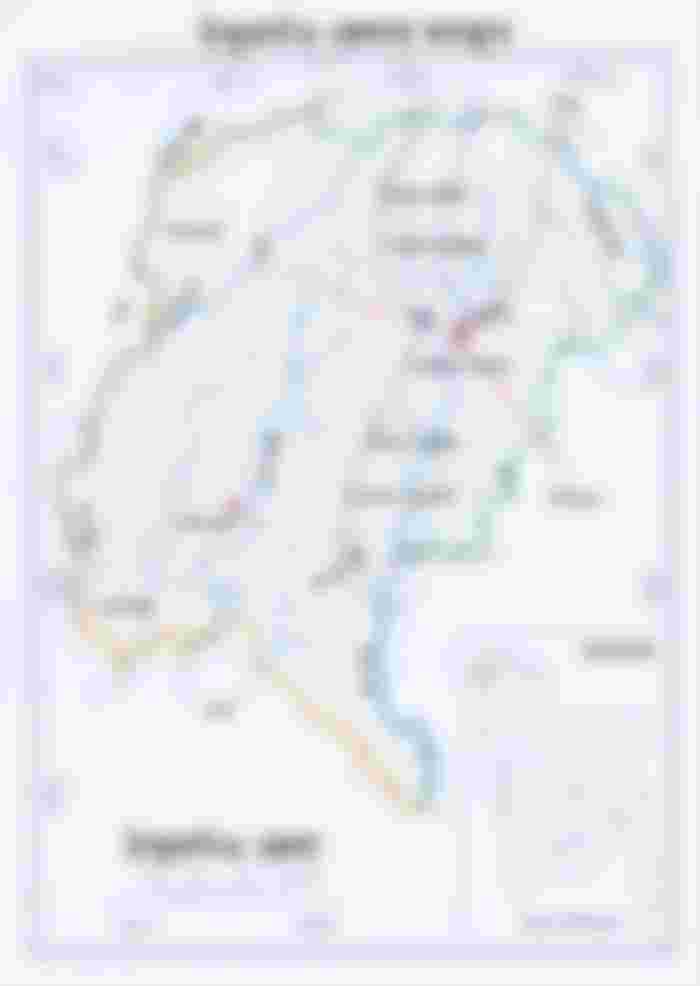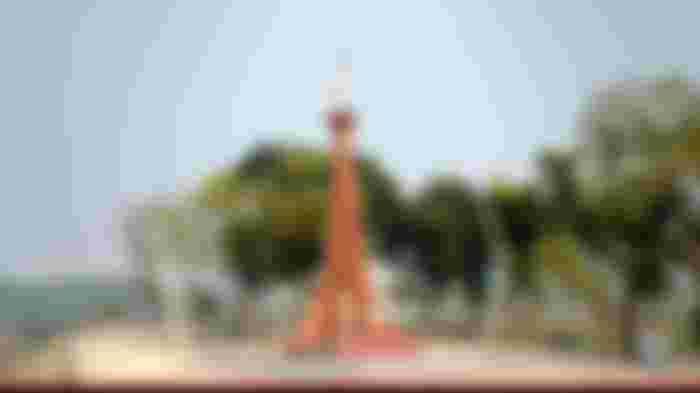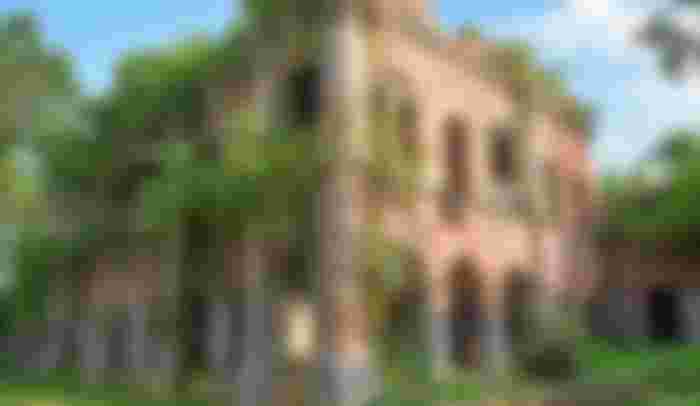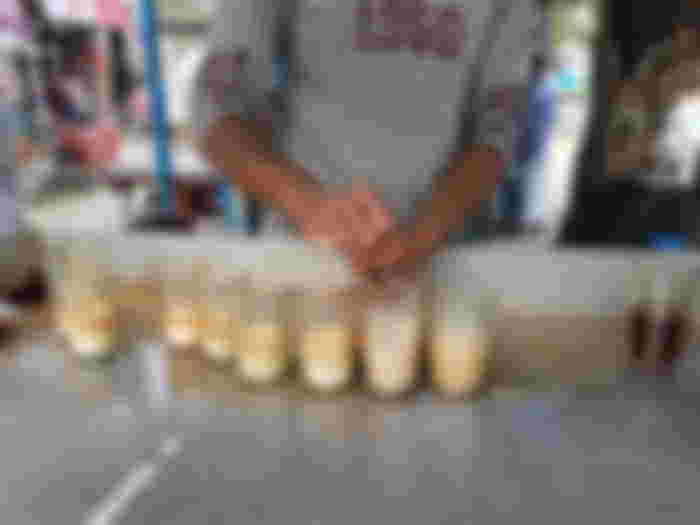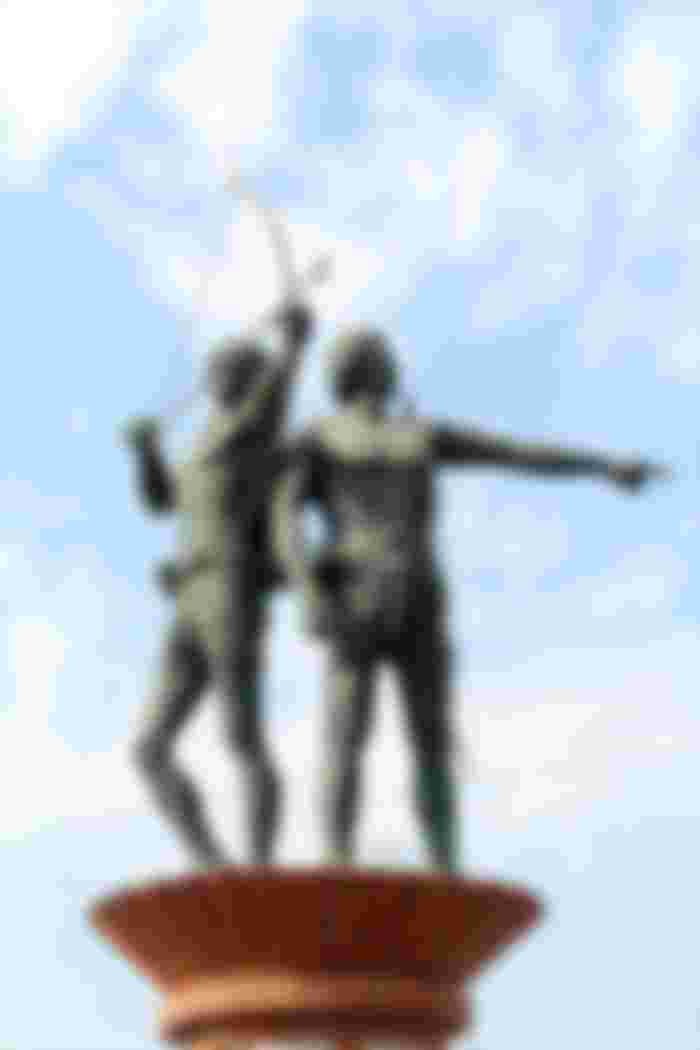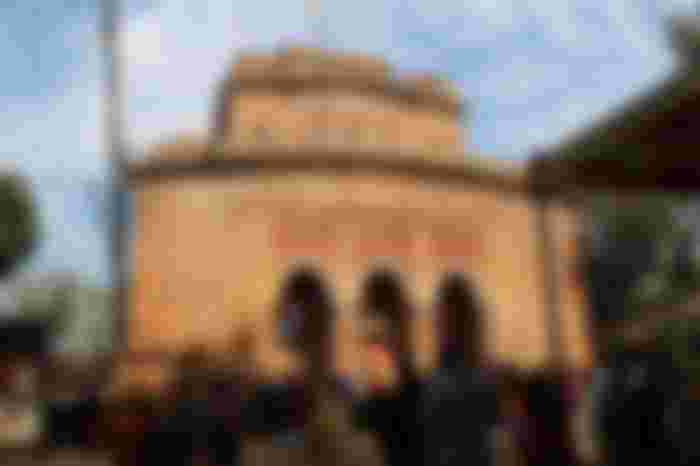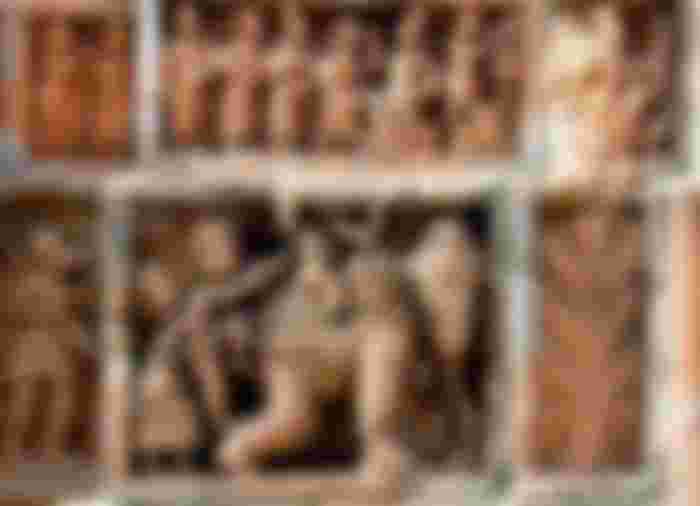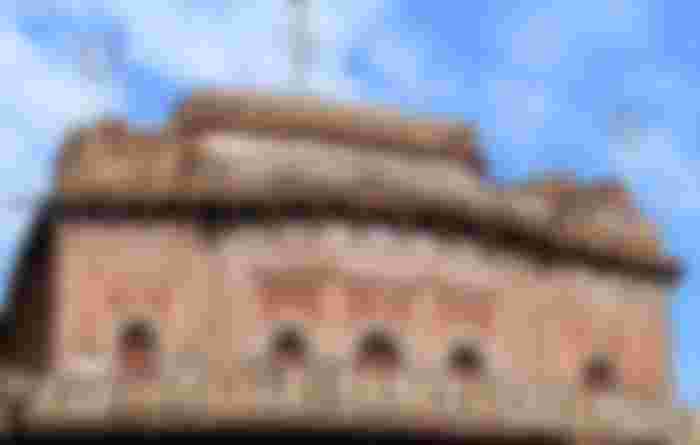After traveling for 13 hours in a row, the fatigue of wandering without a minimum rest, not sleeping and body aches due to the weight of the backpack and the arrogance of not being able to walk properly in Panchagarh suddenly merged with the outside and inside environment of Thakurgaon RDRS Guest House. Although two four-story buildings similar to hotels, the surrounding vegetation is at least different from commercial hotels.
RDRS is a private NGO based in Rangpur and Dinajpur. This guest house is used for official purposes only, not for business purposes. So you can't stay here if you want. In order to stay here, a high-ranking official of the NGO has to have a very strong reference and if the guest house room is vacant, the authorities have to verify their identity by mail and then say yes or no. Sajida was with us at the admin level of the foundation, through which we have been here.

After resting, I went out at around 8 pm and took an auto and drove around the city for an hour to get off at a famous hotel. The auto driver brother was very happy to show us around different places. The camera was not brought along at night. Most of us did not take any pictures of Thakurgaon as we did not have mobile charges and were in mobile vehicles. Of course, I could not see any place of interest. The administrative aesthetic buildings of the district town and some sculptures and a few famous places have been seen by auto. The driver's brother dropped him off in front of the famous Montaz Hotel in Thakurgaon. The food tastes good.

History and heritage of Thakurgaon district
Though a small district in terms of size and range, Thakurgaon is one of the ancient heritage towns. The original name of this district was Nishchintapur. Apart from their own heritage, the town has survived by embracing the civilization and culture of the surrounding area. Although they have kept their language and culture in check for thousands of years, they are constantly changing on the day of the new tide.
During the British rule, a thana was established at Kulik, Pathraj, Shuk, Tangan and Dhepa Bidhaut on the initiative of a Tagore family. The place has been called Thakurgaon Thana ever since in recognition of the majority of the Brahmins of the traditional religion and the contribution of the Tagore family. However, there are rumors among the locals that two brothers named Satish Chakraborty and Narayan Chakraborty lived in the area. Due to their influence and abundance of wealth, they had a good name in the area and people used to salute them in their honor. Their house is Thakurbari. In this way Thakurgaon has become from Thakurbari.

In 1860, it was upgraded to a subdivision with the six police stations of Sadar, Haripur, Ranishankail, Pirganj, Baliadangi and Atwari. Later, after partition in 1947, Thakurgaon subdivision re-emerged with a total of 10 thanas, including 1 thana in Cooch Behar and 3 in Jalpaiguri, India. But when India took over its police stations and in 1981 a separate subdivision called Panchagarh was formed, the boundaries of Thakurgaon were reduced to five police stations. On February 1, 1984, Thakurgaon Sadar, Haripur, Ranishankail, Pirganj and Baliadangi merged to form Thakurgaon district.
Places of interest in Thakurgaon
Although there are several antiquities and archeological monuments in Thakurgaon, these are almost extinct due to lack of adequate maintenance. Nevertheless, there are many places of interest here. With time, the whole Thakurgaon can be visited.
01. Chhota Balia Jame Mosque (the famous mosque of the jinn - more than a hundred years old);
02. Shalbari Mosque and Imambara;
03. Jamalpur Zamindarbari Jame Mosque (about 151 years old);
04. Mahalbari Mosque;
05. Medini Sagar Jame Mosque;
06. Fatehpur Mosque;
07. Sangaon Shahi Mosque;
08. Gedura Mosque;
09. Mazar Sharif of Pir Nasiruddin Shah or Pir Nekmarad Shah;
10. The traditional Baliadangi Suryapuri mango tree (about 150 years old and the largest mango tree in Asia);
11. Ranishankail zamindarbari or Raja Tankanath's palace (about 103 years old);
12. Ramrai Dighi (about 600 years old);
13. Haripur Zamindarbari or Haripur Rajbari (about 125 years old);
14. Ancient Rajvita (so old that no exact history has been found);
15. Goraksanath temple, wells and inscriptions (one of the oldest inscriptions discovered in Bangladesh);
16. Harinmari Shiva Temple (about 400 years old);
17. Jagdal Rajbari;
18. Balaka Gardens and Fun City Amusement Park and the Lokayan Life Diversity Museum;
19. Nekmarad, the symbol of the capital of the ancient city;
20. Govindnagar Temple, Dholarhat Temple, Vemtia Shiva Temple, Ramchandra Temple, Nath Temple and Khola Hat Temple;
21. Khuniya Dighi, Khurnamam Khuya Dighi, Shapla Peyala Dighi;
22. Koramkhan Garh, Bangla Garh, Garh Bhabanipur, Garkhari, Sapti Buruj;
23. Maldwar fort or zamindarbari and gargram fort;
24. Unbeaten 71, Shaheed Mohammad Ali Stadium;
25. Thakurgaon Sugar Mills and Jamalpur State;
Thakurgaon is called the district of the thirteenth festival in twelve months, as there is always a festive mood here. At the end of the day, sitting in the house of a tired farmer, there is a gathering of books or songs. Sonavan's Punthi, Dewan Bhabana's Palapath, Bhavaiya, Bhatiali, Palasni Gaan, Kowali Gaan, Bishahari Gaan, Satyapir Gaan, Kavigan, Palagan and tribal songs are performed in Thakurgaon. However, during the monsoon season, the fish festival at Buri Dam is one of the most popular festivals in Thakurgaon.
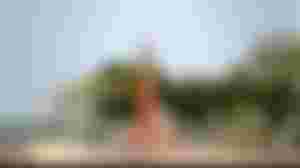
Accommodation
Although the number of tourists visiting Thakurgaon is usually low, there is no housing crisis here.
Government housing
01. Thakurgaon Circuit House;
02. District Council Post Bungalow (new);
03. Thakurgaon Sugar Mills Rest House;
04. Water Development Board Rest House;
05. Palli Bidyut Guest House;
In addition, the Youth Training Center, Roads and Highways Department, Public Works Department and LGED all have their own post bungalows or rest houses in government buildings.
Private housing
01. Hotel Salam International;
02. Hotel Prime International;
03. Hotel Sadeq;
04. Hotel Shahjalal;
05. Residential hotel;
In addition, you will find accommodation at the cottages of Human Welfare Council, RDRS Guest House and ESDO.
The people of Thakurgaon are also quite sociable. They know how to build friendship very easily. Despite the existence of many ancient antiquities, the number of tourists is very low, so the people of Thakurgaon always respect the tourists. Thakurgaon district is also a peaceful district. Kanchenjunga can sometimes be seen from the sky of Thakurgaon in autumn. Thakurgaon is also better than Panchagarh in many ways, so the transportation system of this district is also very good. You can visit Thakurgaon at a glance from here.

Swap of plans
At night in the guest house, I made a plan that there is no need to go back to Panchagarh and I will not go to Thakurgaon. Because, we were on Dinajpur Road and from there Dinajpur is very close. Of course, I myself visited Dinajpur eight years ago, in 2010. However, the entire Dinajpur service was visited, but the Kantjiu temple remained to be seen. At night I found out again on Facebook that the two close friends are currently at their house, meaning they are in Dinajpur and insisted to go. So I was forced to leave Thakurgaon and visit Dinajpur.
History and heritage of Dinajpur district
The city of Dinajpur has survived to this day with its thousand-year-old and rich history of literature and culture. Experts consider this soil of Dinajpur to be equivalent to the millions of years old soil of Vindhya, Chhota Nagpur in India. In ancient times, Chinese and European travelers of various times heard of an advanced civilization on the banks of the Karatoya River, also known as the Karatoya Civilization at that time. It is believed that Mahasthangarh in the Middle Ages and Ghoraghat in Dinajpur in the Mughal period were the centers of this civilization. The famous Panchanagari was also located in Dinajpur at that time.

According to folklore, Dinajpur was named after Raja Dinaj, the founder of the Dinajpur royal family, or the mouza of the royal family. Eight years after the fall of the Nawabi rule in Bengal, the East India Company captured Ghoraghat, the capital built by the Mughals, and formed a new district to facilitate administrative work, naming it Dinajpur in honor of the king. From then on Dinajpur city started to develop.
According to the Gazetteer of Dinajpur, a separate permanent collectorate was established in the town in 1783 to administer the district administratively. Prior to this, there were joint collectorates of Dinajpur and Rangpur. Later in 1786 Dinajpur was declared as a new district and in 1793 a district office was formed. After the partition of the country in 1947, the district was divided into two parts. One part was occupied by India and the other part remained in this country. Later, two subdivisions of Dinajpur district, Panchagarh and Thakurgaon also emerged as separate districts.

Sightseeing
Enjoy Kantjiu Temple and Ras Mela
After waking up, I had breakfast with the banana and bread I had brought the night before and drove to the old bus stand in Thakurgaon. The purpose is to visit the famous Kantjiu Temple in and around Dinajpur. Upon entering, I got on the Dinajpur Getlock bus and got on the bus after buying a twelve mile ticket from Dinajpur Kaharol. While on the bus, I met Haji Mohammad Danesh University of Science and Technology and Birganj National Park.

As soon as I got off the bus and crossed the road, I saw a sculpture made in memory of the Tebhaga movement. The nameplate below gives details of other fighters of the Tebhaga movement including Ila Mitra and some scenes of the movement in terracotta. Later I heard that the locals also call this place Tebhaga Chattar. Dhepa river bridge is behind Tebhaga Chattar. Kantnagar starts from the last end of the bridge.
I drove to Kantjiu Temple. On the way we saw the Kantjiu Temple Antiquities Museum and Tourist Motel. I got out of the car and saw a lot of crowd. As soon as he looked at the driver's brother to find out what had happened, he said that the Ras Mela, which is more than a century old, was going on. Two in one. Festive mood all around. Around the entrance of the temple, the fair is decorated with a variety of food and chess products. It's a fair, it's a Victory Day holiday, so there were a lot of people that day. As soon as I entered through the entrance of the temple, I was overwhelmed to see this terracotta temple.

The Kantjiu Temple is one of the few ancient architectures that are famous in this country. This temple is located in Sundarpur Union on the banks of Dhepa river, a few kilometers from Dinajpur city. It is known from the foundation on the north side of the temple that Maharaja Prannath Roy started the construction of this temple in 1704. However, before his death in 1722, he entrusted the task of completing the work of this temple to his adopted son, Maharaja Ramnath Roy. Ramnath Roy completed the construction of this temple in 1752.
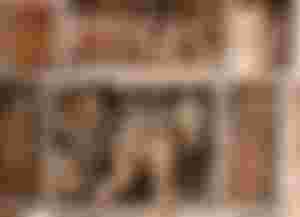
Built on a high stone altar, the three-storied square temple is 50 feet high. This temple has nine peaks, for which it is also called Navaratna temple. However, in the beginning its height was 70 feet. The peaks collapsed in an earthquake in 1897, and the temple was later renovated without the peaks. There is an open verandah around each floor of the temple. And arched doors can be seen on every floor. However, these arches are made in such a way that all the worshipers can see the idols inside from all sides of the temple.

Terracotta plaques have been used to analyze the mythology from the very base of the temple to the very top. In all, more than fifteen thousand terracotta terracotta ornaments are adorned throughout the temple. From Radha-Krishna to the Mughal emperors, zamindars and common people living scenes are also described in these terracotta. There is a Shiva temple in the main temple premises. Shiva is worshiped there.
After observing the beauty of this dazzling temple, we went out and crossed the crowded premises of Rasmeela and went to the main road. From there I took an auto and went to see Nayabad Jame Mosque. It takes 20 minutes by auto from Kantjiu Temple. And if you can cross the road and walk through the fields, it will still take 15-20 minutes to walk. I did not hear this idea given by my friend from Dinajpur. So I drove through the litchi garden to the Nayabad Jame Mosque.

Thanks for reading this article for so long.
If you like it Upvote Can give.

